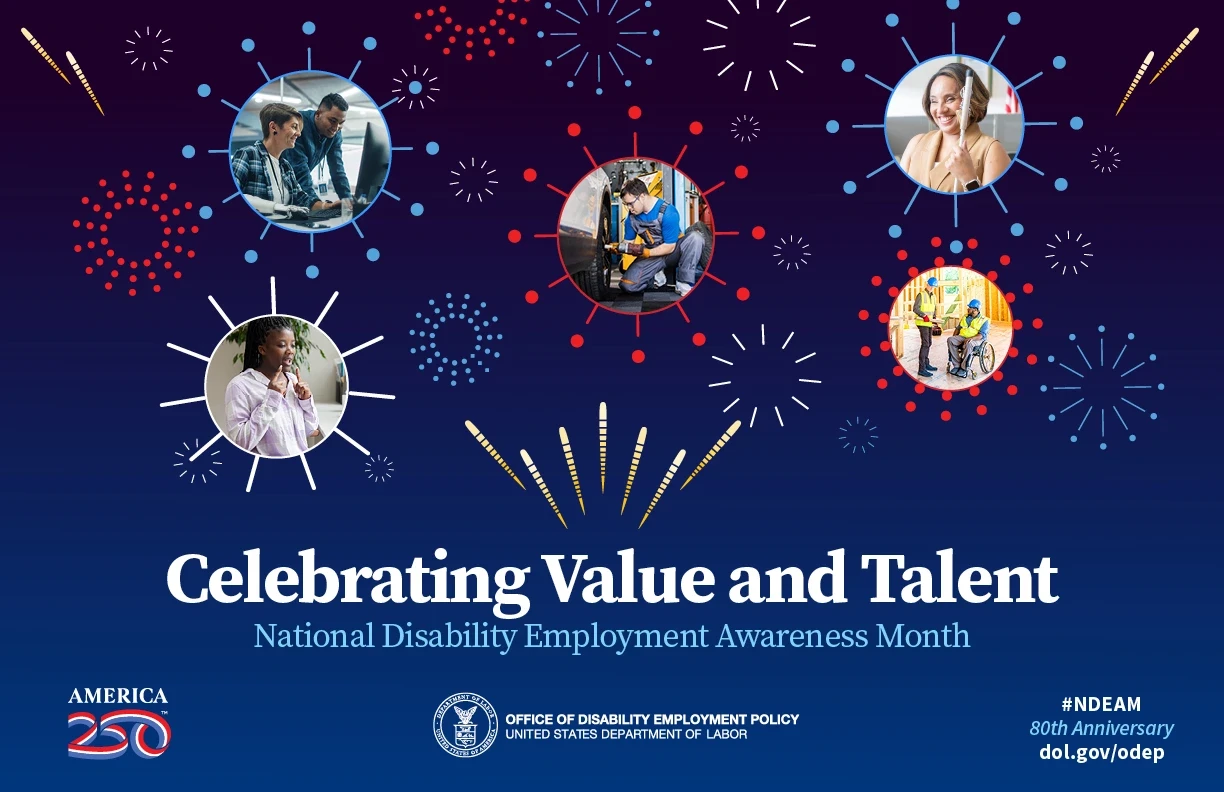October is National Disability Employment Awareness Month (NDEAM), a chance to highlight the essential role workers with disabilities play across industries. For the millions of people in hourly and shift-based roles, NDEAM underscores a critical truth: inclusion matters at every level of the workforce.
This year NDEAM recognizes the value and talent American workers with disabilities add to our workplaces and economy and highlight their achievements both past and present, with our theme this year: “Celebrating Value and Talent.”

The Role of Hourly Work in Disability Employment
Hourly jobs, whether in retail, hospitality, healthcare, or logistics, often provide the first step into the workforce for people with disabilities. According to the Bureau of Labor Statistics, 21.3% of people with a disability were employed in 2022, up from 19.1% in 2021, with many working in hourly roles.
Common Challenges
- Inflexible schedules that don’t account for medical needs
- Transportation barriers for shift-based jobs
- Lack of training on disability inclusion for managers
Success Strategies
- Flexible Scheduling: Allowing shift swaps or breaks for medical care.
- Assistive Tech on the Job: Voice-controlled registers, ergonomic equipment, or captioning tools.
- Inclusive Training: Teaching managers to create supportive, accessible workplaces.
Employer Best Practices
Companies that prioritize accessibility in hiring see lower turnover and higher employee engagement. Initiatives like Walgreens’ Retail Employees with Disabilities Initiative (REDI) have set industry standards.
Resources
Bottom line: This October, NDEAM reminds us that hourly workers with disabilities are not just employees, they’re essential contributors to every industry. With inclusive practices, businesses and workers both thrive.